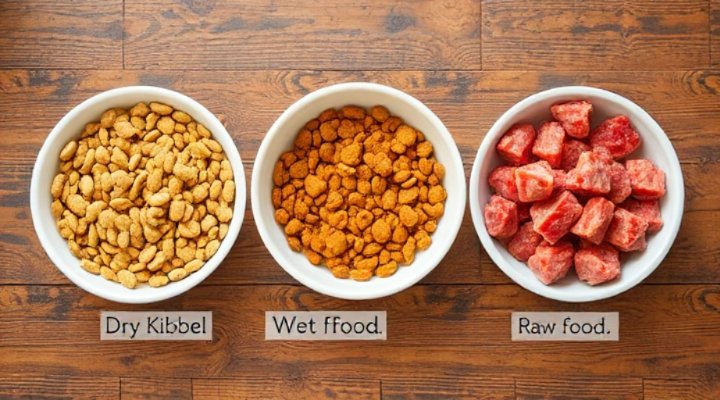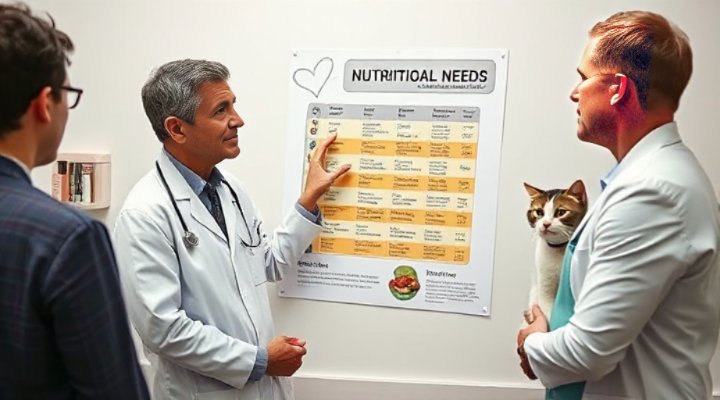Choosing the best cat food for your feline companion can feel overwhelming with so many options available. However, understanding your cat’s nutritional needs and what to look for in quality food makes the decision much easier. In this comprehensive guide, we’ll explore everything from different types of cat food to key ingredients that promote optimal feline health.

Understanding Your Cat’s Nutritional Needs
Cats are obligate carnivores, meaning they require a diet rich in animal protein to thrive. Unlike dogs or humans, cats have specific nutritional requirements that must be met through their diet. The right balance of proteins, fats, and essential nutrients is crucial for maintaining your cat’s health at every life stage.
Protein should be the foundation of any quality cat food. Look for options where named animal proteins (like chicken, turkey, or salmon) are the first ingredients. Taurine, an essential amino acid for cats, must also be present in adequate amounts. According to the American Veterinary Medical Association, deficiencies in taurine can lead to serious health issues including heart disease and vision problems.

Types of Cat Food: Pros and Cons
Dry Cat Food (Kibble)
Dry food is convenient and often more affordable than other options. It helps with dental health by reducing tartar buildup and has a longer shelf life. However, some dry foods contain more carbohydrates than cats naturally need. If choosing kibble, opt for high-quality brands with limited fillers.
Wet Cat Food
Canned or pouch wet food typically has higher protein content and moisture, which is great for cats that don’t drink enough water. The variety of textures and flavors can be appealing to picky eaters. The main drawbacks are higher cost and shorter shelf life once opened.
Raw and Fresh Food
These options aim to mimic a cat’s natural diet but require careful handling to avoid bacterial contamination. Some pet owners find success with commercially prepared raw diets or fresh food delivery services.

How to Read Cat Food Labels Like a Pro
Understanding pet food labels is key to choosing the best cat food for your companion. Here’s what to look for:
- Named protein sources: ‘Chicken’ is better than ‘poultry’
- AAFCO statement: Ensures complete and balanced nutrition
- Guaranteed analysis: Shows minimum protein and fat percentages
- Life stage appropriateness: Kitten, adult, or senior formulas
Remember that ingredients are listed by weight before processing. Marketing terms like ‘premium’ or ‘gourmet’ have no standardized meaning in pet food regulations.

Special Dietary Considerations
Some cats have unique nutritional needs based on their age, health status, or lifestyle:
Kitten Food
Growing kittens need more calories, protein, and certain nutrients like DHA for brain development. Look for formulas specifically labeled for growth or all life stages.
Senior Cat Food
Older cats may benefit from food with adjusted protein levels, added joint support nutrients, and easier-to-digest ingredients.
Weight Management
For overweight cats, choose foods with higher protein and fiber to promote satiety while reducing calories. Always consult your vet before putting your cat on a diet.

Transitioning to New Food
When switching to a new best cat food, do so gradually over 7-10 days to avoid digestive upset. Start by mixing 25% new food with 75% current food, gradually increasing the new food proportion. Monitor your cat’s appetite, energy levels, and litter box habits during the transition.
If you’re considering homemade cat food, consult with a veterinary nutritionist to ensure the diet is complete and balanced. The FDA provides guidelines for pet food safety that can help you make informed choices.
Final Thoughts on Choosing the Best Cat Food
Finding the perfect food for your cat may require some trial and error. Pay attention to how your cat responds to different formulas – a shiny coat, healthy weight, and good energy levels are signs you’ve found a good match. Remember that the most expensive option isn’t always the best, and what works for one cat might not suit another.
For more information on feline nutrition, check out our guide on specialized diets for indoor cats. Your veterinarian can also provide personalized recommendations based on your cat’s specific needs.
Related Keywords: high protein cat food, grain free cat food, best wet cat food, affordable cat food, cat food for sensitive stomachs
